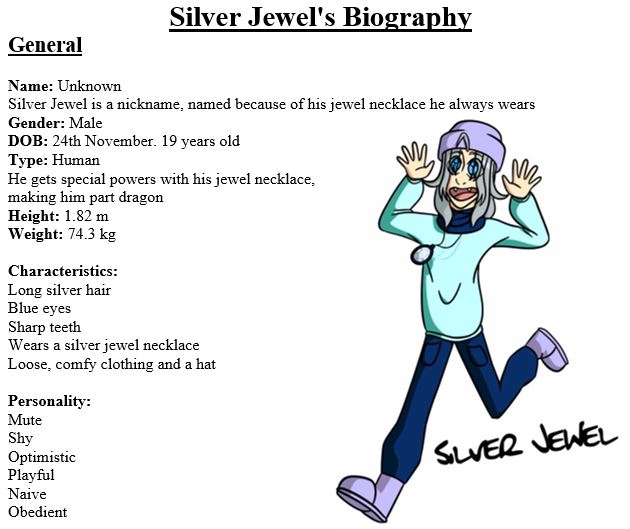World Animation in 1970-1975
France
Serge Danot
Danot created the pilot for the TV series 'The Magic Roundabout'. There were over 500 hundred episodes made within 1963-1970. The style of animation with this series was stop-motion with a narrator helping the story be told. Also, in 1970, a feature film called 'Dougal and the Blue Cat' was released.
Norway
Ivo Caprino
Caprino perfected the technique of manipulating character figures in real time. This technique was an early version of animatronics. Though perfecting the technique, Caprino later switched to stop-motion and created the film 'Pinchcliffe Grand Prix' in 1975. The film itself took three and a half years to create. The film was very famous in Norway, creating box office records that still stand to this day. The film was shown daily in some theaters in Norway for 28 years after its first release.
Hungary
William Feigenbaum & Jozsef Gemes
Feigenbaum & Gemes created the children's film 'Hugo the Hippo' in 1975. This film became a huge favourite with adults. This film was the first feature length animated film to get an international release from Hungary.
France & Poland
Piotr Kamler
Kamler created the experimental short stop-motion film called 'The Step' in 1974. Although it's about five minutes long, it mostly repeats the first few seconds over and over to a sound track.
Japan
Hayao Miyazaki & Isao Takahata
Miyazaki & Takahata created the Japanese TV series called 'Heidi' in 1974, an adaption of the children's book called Heidi. Both Miyazaki & Takahata went forward to form the very well known 'Studio Ghibli' to produce their own feature films (including 'Spirited Away and Howl's Moving Castle).
Renzo & Sayoko Kinoshita
Renzo & Sayoko created 'Made in Japan' in 1972. Made in Japan was an animation about the Japanese culture putting the economy of Japan before anything else. Renzo & Sayoko also created what is considered to be one of the most harrowing and disturbing animated shorts called 'Pica-don' in 1978. 'Pica-don' is an animated depiction of bombing of Hiroshima, ending World War 2.
France & Czech Republic
Rene Laloux
Laloux created 'The Fantastic Planet' in 1973, based upon the novel 'Oms En Serie' by Stefan Wul. The film was about the world in society where humans had been taken to another planet to be pets. The film alludes to the social concerns of fascist repression and war as well as alternative culture and eastern mysticism.
USA
Richard Williams
Williams, the creator of 'Animators Survival Kit', created 'A Christmas Carol' in 1971. The animation was made for TV film but was later released in movie theaters and won the 1972 Academy Award for best animated short film. This win caused controversy and led to the Academy Awards changing its rules, deeming that TV movies could not be considered for the Oscars.
Ralph Bakshi
Bakshi created the first X-rated American cartoon called 'Fritz the Cat'. Bakshi believed that with all the changes in society and the new social power, it was time to take adult animation seriously. So, Bakshi took a comic strip character that was created by Robert Crumb. Fritz the Cat lives an alternative lifestyle among students in New York who experimented with free love, drugs and rock 'n' roll.
UK
Bob Godfrey
Godfrey created 'Karma Sutra Rides Again' in 1971 during the early 1970s craze for adult animation. Karma Sutra Rides Again is about a middle aged couple behind closed doors, including sex and its many possibilities. Godfrey believed that animation should concern the surreal and fantastic, rather than imitate realism. The film was given an X-rated certificate and screened alongside Stanley Kubrick's 'A Clockwork Orange' in the UK. Karma Sutra Rides Again was nominated for an Oscar for best animated short.
Renzo & Sayoko Kinoshita
Renzo & Sayoko created 'Made in Japan' in 1972. Made in Japan was an animation about the Japanese culture putting the economy of Japan before anything else. Renzo & Sayoko also created what is considered to be one of the most harrowing and disturbing animated shorts called 'Pica-don' in 1978. 'Pica-don' is an animated depiction of bombing of Hiroshima, ending World War 2.
France & Czech Republic
Rene Laloux
Laloux created 'The Fantastic Planet' in 1973, based upon the novel 'Oms En Serie' by Stefan Wul. The film was about the world in society where humans had been taken to another planet to be pets. The film alludes to the social concerns of fascist repression and war as well as alternative culture and eastern mysticism.
USA
Richard Williams
Williams, the creator of 'Animators Survival Kit', created 'A Christmas Carol' in 1971. The animation was made for TV film but was later released in movie theaters and won the 1972 Academy Award for best animated short film. This win caused controversy and led to the Academy Awards changing its rules, deeming that TV movies could not be considered for the Oscars.
Ralph Bakshi
Bakshi created the first X-rated American cartoon called 'Fritz the Cat'. Bakshi believed that with all the changes in society and the new social power, it was time to take adult animation seriously. So, Bakshi took a comic strip character that was created by Robert Crumb. Fritz the Cat lives an alternative lifestyle among students in New York who experimented with free love, drugs and rock 'n' roll.
UK
Bob Godfrey
Godfrey created 'Karma Sutra Rides Again' in 1971 during the early 1970s craze for adult animation. Karma Sutra Rides Again is about a middle aged couple behind closed doors, including sex and its many possibilities. Godfrey believed that animation should concern the surreal and fantastic, rather than imitate realism. The film was given an X-rated certificate and screened alongside Stanley Kubrick's 'A Clockwork Orange' in the UK. Karma Sutra Rides Again was nominated for an Oscar for best animated short.
























































